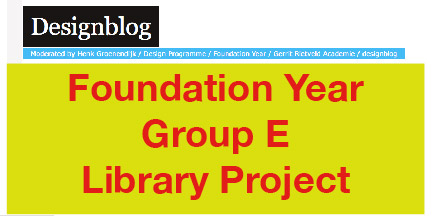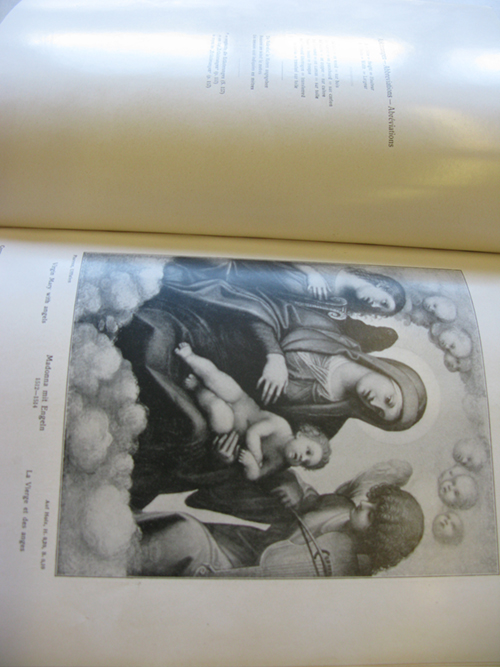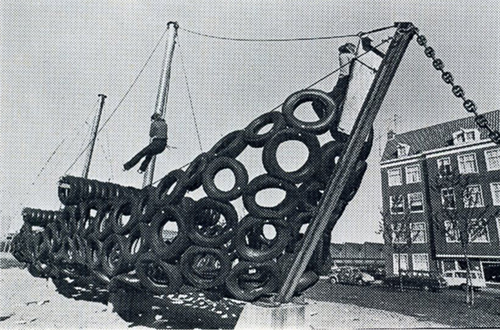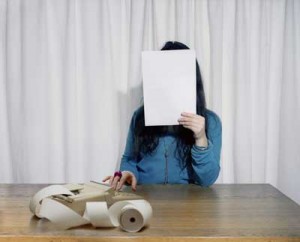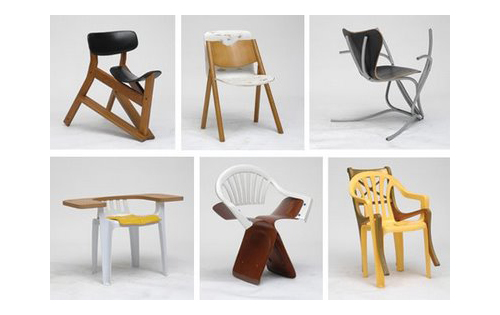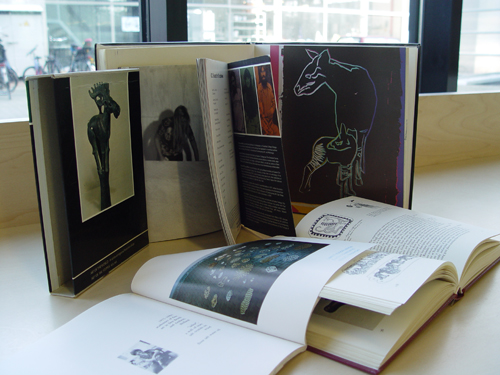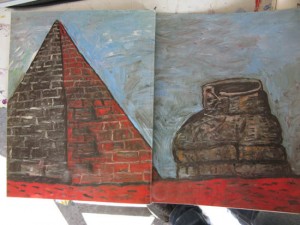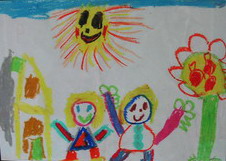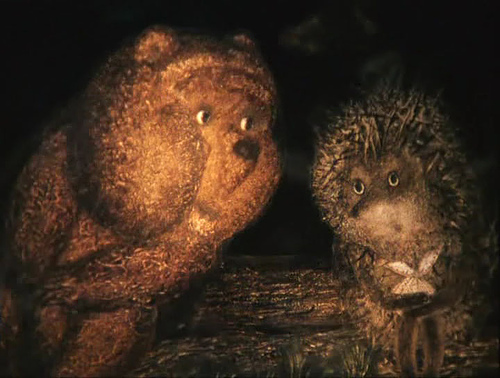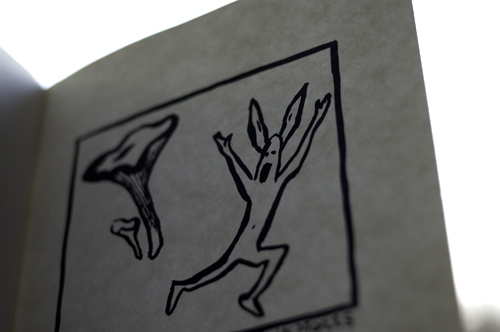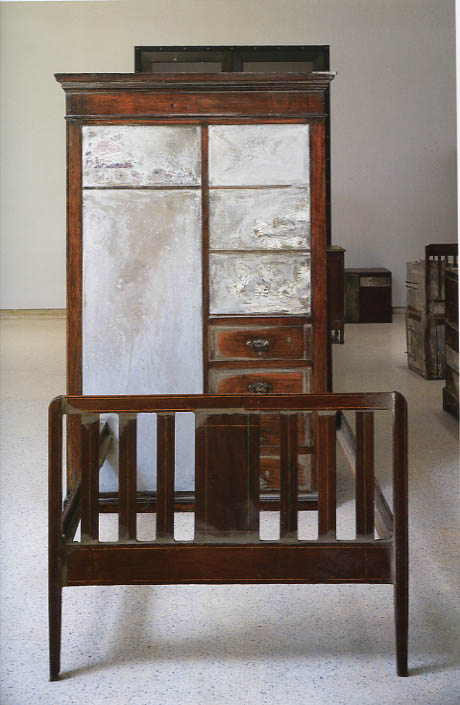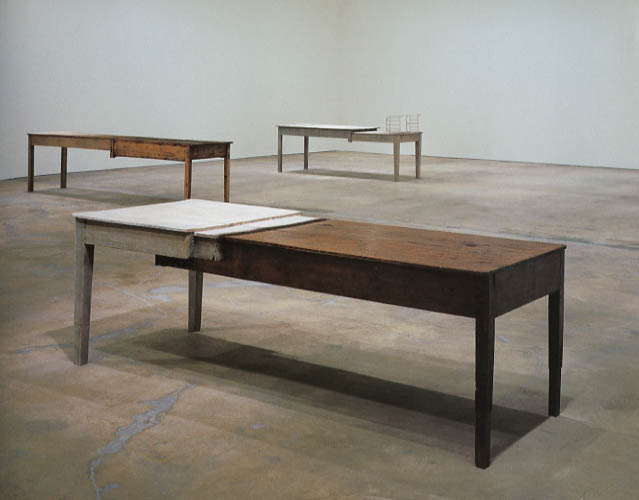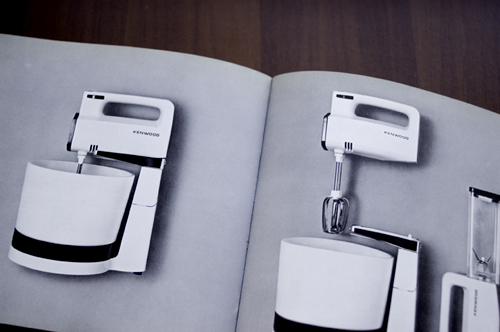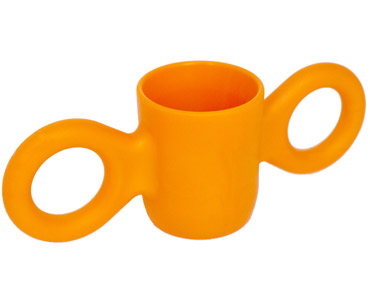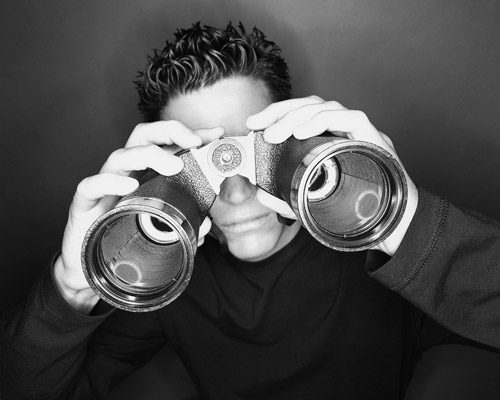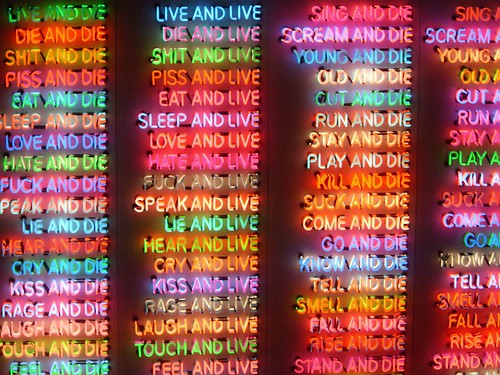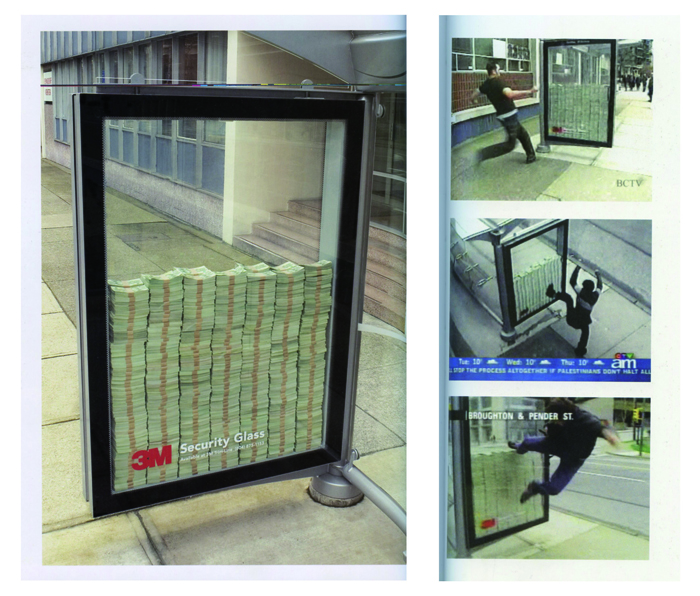¿GRA becomes GAK?, a forum for students and teachers.
Read all comments below!
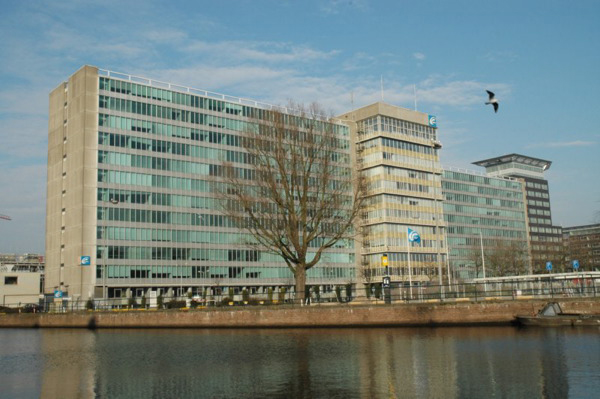
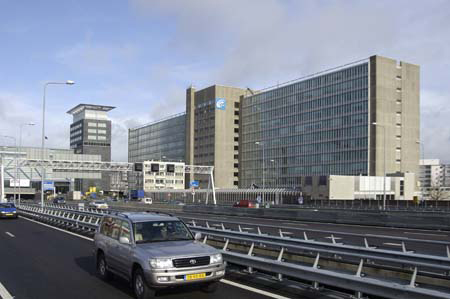
GAK building is located close to the “Bos en Lommerplein” and the A10
SPACE: As the Gerrit Rietveld Academie is struggling with a capacity shortage it is seriously considering to move to an other location, Designblog wants to provides some background information about this proposed “possible” location .
SPEAK YOUR MIND: Last week after a meeting with the coordinators (chairs) of all departments and the Board of Directors, a request has gone out to speak our minds about a location to house the growing academy. As a result of pragmatic managing the Board of Directors proposed to move to the GAK building located in the Bos and Lommer district. The City of Amsterdam injects millions to upgrade the poor “Bos en Lommer” district and again The Rietveld seems a perfect candidate for their plans.
QUESTIONS: Is the stage already set or do we realy have a say?
If so, let’s asks some questions: Was it not just 5 years ago that the Academie was renovated to be the pearl in the (now in crisis) Cultural/Financial district plan “Zuid-As”? Do we want to move to an office building not better than the new one we already have and dislike? Why is there no alternative in a city that is constantly rehousing cultural institutes and academy’s in town? Do we want to live and work together in one building? What happened to “the dream”?

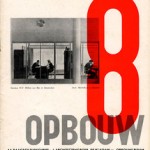
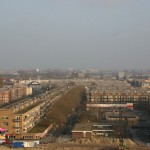
Architect B.Merkelbach, co-founder of “the 8 & Opbouw” movement.
GAK building: The former GAK-building (City Administration Office for Social Security) is an overwhelming building, dominating -Bos en Lommer- from the A10 Ring way. It has been nominated for a monument status.
MERKELBACH: Build by the architect B. Merkelbach at the end of the 50ties this huge office building housed 3000 office workers. It still is one of the biggest office buildings in Amsterdam. The building is empty since 2005 and gives temporary accommodation to user’s like the Rietveld (2008) and Stedelijk Museum (2009). Many plans are made for a new occupation, but none of them are realized yet. browse through these links to get an idea: old news?, Rietveld Site, Amsterdam-promosite, Monument?
“the 8” MOVEMENT: B.Merkelbach was co-founder of the architectural movement “the 8”. A movement that promoted a pragmatic functionalism and as such opposed the other movements of that time “The Amsterdam School” and “the Stijl Movement”. Merkelbach cooperated with Rietveld in the early stages of developing the Rietveld Academie until he became subject of city politics as a municipal architect. for more info link to: NAi or Arcam
The 8 is anti-KUBISTIC: With this statement they attack the Stijl group (founded in 1917 with prominent members like artist van Doesburg, Mondriaan and Gerrit Rietveld). They promoted an attitude which was against feeling and individualism and for rationalism as a means to express the needs of the society, emphasizing a more functionalist direction in architecture.
The question is, why can’t “The Rietveld”, as a leading World Wide renown Academy, not set it’s own trend again and enrich the city with a bold visionary statement in housing.
_______________________________________________________________________
To read all about this plans: newspaper articles, GRA Newsletters and the critical opposition (petition) link to:
rietveldforrietveld petition website
Volkskrant article April 30th, NRC column by Maria Barnas May 5th, ArchiNed May 14th, AT5 TV May 15h, Parool column by Ronald Hooft May 15th, Parool.nl May 16th, EyeMagazine blog May 18th, Parool.nl June 20th,
official plan (Gerrit Rietveld Academy Newsletter/Ned) May 8th, same Newsletter/Eng version, Signing postponed until September (GRA Newsletter May 15th)
Gerrit Rietveld Website
read also the comments. Most recent comments as they are connected to this posting!
